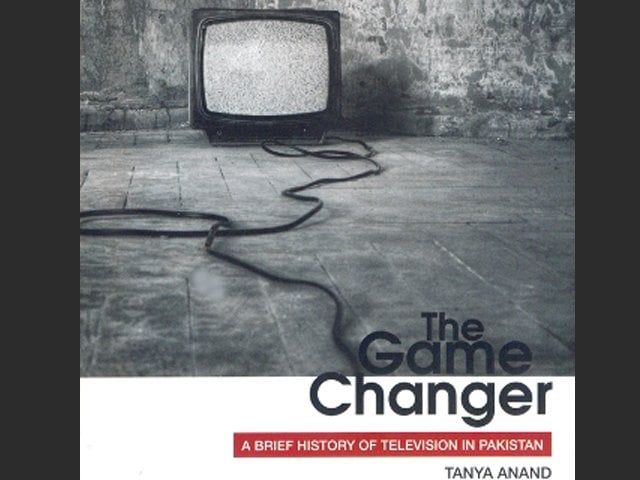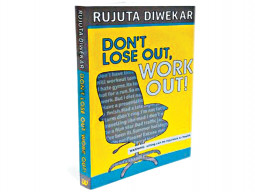
The book delineates the history of television in Pakistan, chronicling the post-2000 boom in the media industry and the many ethical concerns that have emerged along the way. It is more of a reference guide than an exhaustive history but nevertheless serves as a starting point considering the paucity of literature on the topic.
One of the recurring themes is the role of Indian media and how it has influenced Pakistani television. In the chapter ‘The Television Revolution,’ Anand writes about the threat posed to Pakistan by the popularity of Indian channels in the country and the entry of private players in the broadcasting industry following the Kargil conflict. She then goes on to describe the advent of Indus Vision, the first private channel in the country, and how various media organisations, which till then had mainly focused on print, began showing signs of interest in television news. Even PTV launched Prime Television UK to cater to the Pakistani diaspora and to counter perspectives on the Zee News Network of India.
What the book lacks, though, is a deeper look at the nature of Indian bias. How did coverage of Kargil differ between the two countries? Was Prime Television a successful venture? These questions are not addressed in depth and perhaps it would have been more effective had Anand illustrated these points by providing examples of specific content and shows.

Author: Tanya Anand.
Another important development in the Pakistani television industry mentioned in the book is that of the creation of the Pakistan Electronic Media Regularity Authority (PEMRA). Anand shows how PEMRA, as the first regulatory body of its kind in South Asia, has shaped Pakistani television, for better or worse.
She also mentions the ban of Indian channels in 2006 and doesn’t hold back from saying that through this decision PEMRA was denying Pakistanis the right to free flow of information that it should have been protecting. And since this decision came during the regime of General Pervez Musharraf, she also quotes Sylvia Harvey, a British professor of broadcasting policy, who posited in her 2002 book The Media: An introduction, “In countries where the political system of democracy is either not present or exists in fragile conditions, then the media policies, legislation and regulation are likely to represent the views and interests of a ruling political and business elite.”
While Anand highlights the many problems with the media industry, she doesn’t end the book without offering recommendations. Since her background extends to advertising, she keeps in mind ethical issues and the financial concerns producers and advertisers may have. Anand offers advice such as pay-per-view options for Indian channels to policy changes in PEMRA that would potentially improve the existing media landscape. Unfortunately, the power to implement these changes lies in the hands of people who are unlikely to even read these recommendations, let alone follow it..
Zehra Nabi is a senior subeditor at The Express Tribune web desk. She tweets @zehranabi
Published in The Express Tribune, Sunday Magazine, June 22nd, 2014.





























1713853507-0/MalalaHilary-(2)1713853507-0-270x192.webp)








COMMENTS
Comments are moderated and generally will be posted if they are on-topic and not abusive.
For more information, please see our Comments FAQ